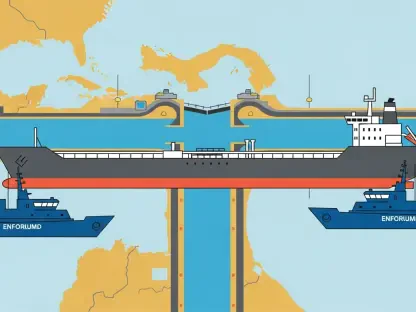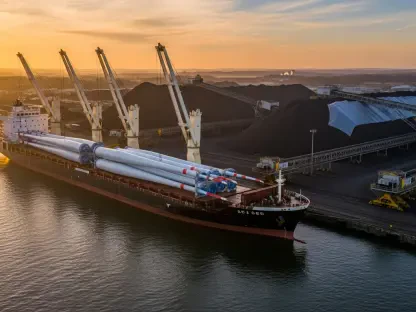Energy storage emerges as the cornerstone of Idaho Power’s ambitious plan to transition to 100% clean energy by 2045, amid growing environmental awareness and technological advancements. As these trends intertwine in the quest for renewable solutions, understanding Idaho Power’s role in shaping energy storage development offers valuable insights into the broader market dynamics.
Contextualizing Clean Energy Initiatives
In recent years, Idaho Power charted a path focused on integrating clean energy technologies to replace traditional coal-fired power. The shift mirrors wider industry patterns driven by stricter environmental regulations and consumer demand for sustainability. This analysis delves into Idaho Power’s battery storage initiatives, shedding light on the financial, regulatory, and technological factors influencing this transformative period in utility management.
Analyzing Market Trends and Predictions
Innovations in Battery Storage Mechanisms
Idaho Power’s rollout of an 80-MW, four-hour battery storage system at the Hemingway substation marks a pivotal step in its clean energy roadmap. Spearheaded by Prevalon Energy, this project underscores the growing reliance on battery storage to address capacity shortfalls and ease the transition to renewable sources. This endeavor is indicative of broader market trends where storage technology complements solar and wind energy integration.
Comparative Insights: Storage Strategies in Action
The company’s diverse energy strategy is exemplified by its involvement in the 200-MW/800-MWh Happy Valley project, illustrating an adaptive approach across different storage projects. Such strategic diversification enhances grid resilience against fluctuating energy demands, though it involves navigating financial constraints and legislative landscapes. The move toward increased storage capacity reflects an industry-wide anticipation of shifting energy requirements and regulatory landscapes.
Dissecting Regional Influences and Technological Advancements
Regional variations in trade policy and energy components significantly impact Idaho Power’s storage initiatives. Tariff fluctuations on imported battery components from China require the company to balance cost-effectiveness and energy independence. These international trade dynamics illustrate the nuanced considerations necessary for successful implementation and future scaling of energy projects.
Anticipating Developments in Energy Storage
Emerging technologies and regulatory shifts in energy storage promise substantial impact on Idaho Power’s clean energy trajectory. Improved battery efficiencies, declining component costs, and supportive legislative frameworks could redefine future operational capabilities. These anticipated advancements imply that Idaho Power’s strategic energy investments align with evolving market trends and set a precedent for other utilities.
Strategic Takeaways and Future Considerations
The exploration of Idaho Power’s energy strategy offers actionable insights for stakeholders navigating the evolving energy landscape. Emphasizing best practices in storage system deployment, strategic planning, and cost management, the analysis equips businesses and policymakers with vital knowledge for future decisions. Understanding these elements is crucial as utilities aim to harness technological improvements and address regulatory complexities.
In summation, Idaho Power’s commitment to achieving its clean energy goals by 2045 reflects a confluence of strategic foresight and adaptive resilience within the evolving energy market. These initiatives underscore the critical role of innovative storage solutions and proactive regulatory engagement in meeting sustainability objectives. Past challenges and strategic shifts serve as a comprehensive narrative defining the revolutionary advancements in Idaho’s energy landscape and beyond.









